Export of shrimp as one of the aquatic products that is mainly produced in Iran includes sea shrimp and farmed shrimp in different sizes and packages. In this series of articles, we intend to provide you with how to export, export rules and regulations. Introduce aquatic animals, required certificates and also some of the destination countries of Iranian shrimp production. Please join us.
Due to its geographical location, Iran is one of the few regions where it is possible to breed shrimp and sea shrimp using trawl nets. It is interesting to know that out of 16 species of shrimp in the Persian Gulf and Oman Sea, about 14 of them are in the territory They live in Iran.
Every year, with the beginning of the summer season, with the permission of the fisheries and the special study that is done, the sea shrimps receive permission for major harvests from the coast of Khuzestan to the coasts of Oman. (Each province has the ability to harvest shrimp on specific dates and for a limited number of days.) Popular marine shrimp species are tiger shrimp, Jinga shrimp and Penaeus merguiensis. Other species haven’t the high commercial value.
The size of sea shrimp for export are
- U7
- U10
- U15
- 16/20
- 21/25
- 26/30
- 31/35
- 36/40
- 41/50
- 50/60
- 60/80
- 80/120
However, farmed shrimps are less diverse and include only Vanami species, which are widely cultivated in coastal waters. Various has been exported. Often the meaning of export shrimp is the same. The sizes of farmed shrimp are:
- 30/40
- 40/50
- 50/60
- 60/70
- 70/80
- 80/100
- 100/120
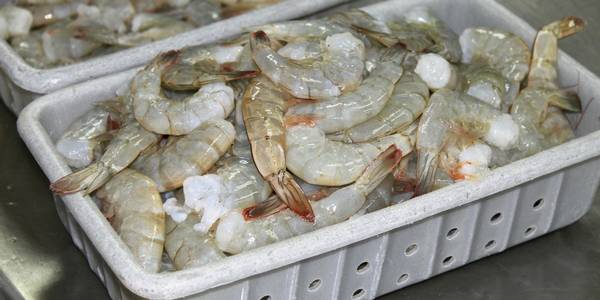
The sizes announced in farmed and marine shrimp are for full shrimp with head and skin, which are measured in the form of the number of shrimp per kilogram. Other processed forms of shrimp are different in size and their size criterion is the number per pound (450 grams).
Types of shrimp packaging for export
Packaging in any product, especially food, is subject to two basic principles: essential standards and customer tastes. Standards set the minimum requirements for the acceptance or desirability of a product in all global markets, and customer tastes take into account the appearance of the packages. In general, export packages for shrimp weighing 1 kg 400 gr, 2 kg and 6 kg are selected, but depending on customer demand, it is possible to customize the weight of packages for a higher cost and even produce under a custom brand.
The information on the shrimp packages is:
1.Processing plant name
2. Breeding farm
3. Pool number
4. Shrimp species
5. Shrimp type (with head, without head, without skin, without veins)
6. Freezing date includes year and month
7. Expiration date
8. net weight
It is interesting to know that even the type of magic that is used to check on the table of boxes has a meaning, for example, for the first grade shrimp, blue color is used, and for the second and third grade shrimp, black and green magic is used.
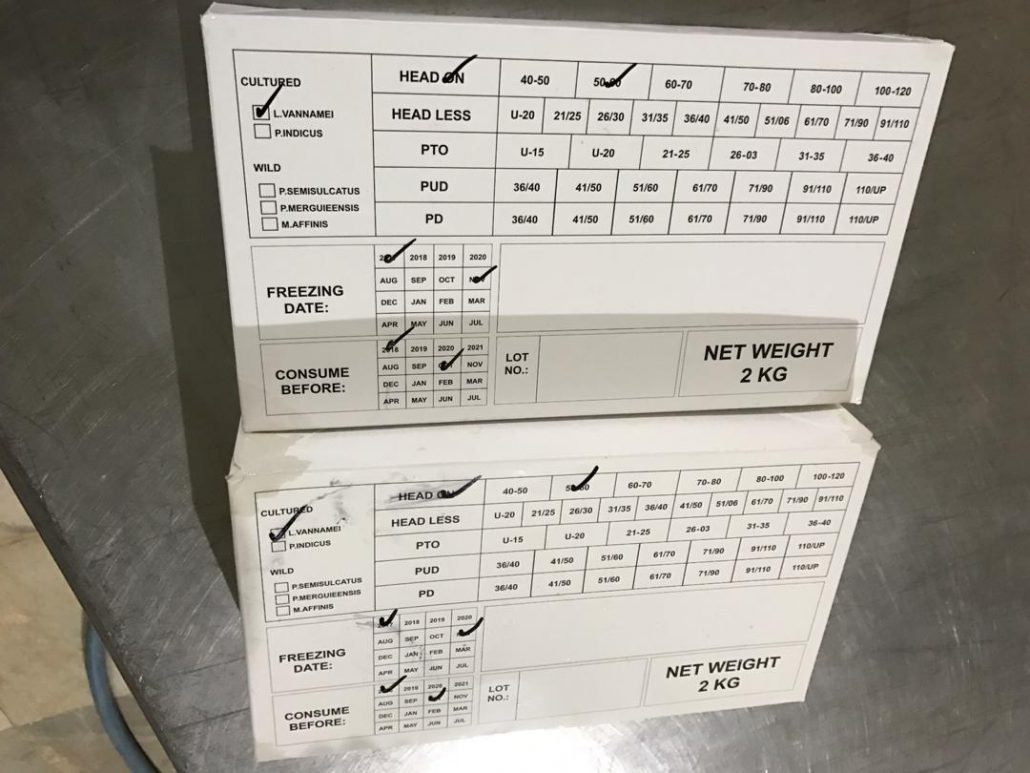
Export shrimp’s price list
AS you know the price of shrimps in the every place in the world are different . Why The most clichéd answer may be is the difference in quality, which is usually not acceptable to people. Fortunately, the quality of shrimp, unlike many foods, is easily recognizable to the naked eye. The appearance of the shrimp, the shape of the shell, the presence or absence of broken and crushed shrimp, the presence of shrimp waste in various types of PD and PUD forms are some of the things that can be seen and judged.
Specifications of first class shrimp (A greed):
- Shrimp skin is quite firm and attached to the meat
- The head is completely healthy and attached to the body.
- There is no red head and no black head between them
- No shrimp are broken or crushed.
- Shrimp have not lost their interstitial water
- The amount of met bisulfite sodium is in accordance with the standard
Specifications of second grade shrimp:
- The shell is slightly soft
- Appearance is relatively healthy
- It has no stains or defects
- Shrimp have not lost their interstitial water
- The amount of met bisulfite sodium is in accordance with the standard.
3.Specifications of third grade shrimp:
-
- Shrimp are broken and stained
- Shrimp left over from grades one and two
- Shrimp have not lost their interstitial water
- The amount of sodium sulfite is in accordance with the standard
The most important reason for the decline in the quality of shrimp in the way of fishing and non-standard transportation to processing centers is carelessness in choosing the method of fishing, freezing and choosing longer routes can cause significant losses to breeders. In export shrimp, special attention should be paid attention to the standard and the type of request of the destination country. First-class shrimp have a longer shelf life and are more suitable for longer journeys, and are often purchased by European countries.
Now we are familiar with how to prepare shrimp for export, but for shrimp export, knowing the customs laws and standards and certificates required for export is required, which we will mention in a separate article.
In the end, it should be mentioned that: Shrimp export requires expertise and experience along with knowledge of international aquatic export laws, Barfo Group is ready to cooperate with all respected exporters and breeders in this field by having experienced and knowledgeable experts.
.
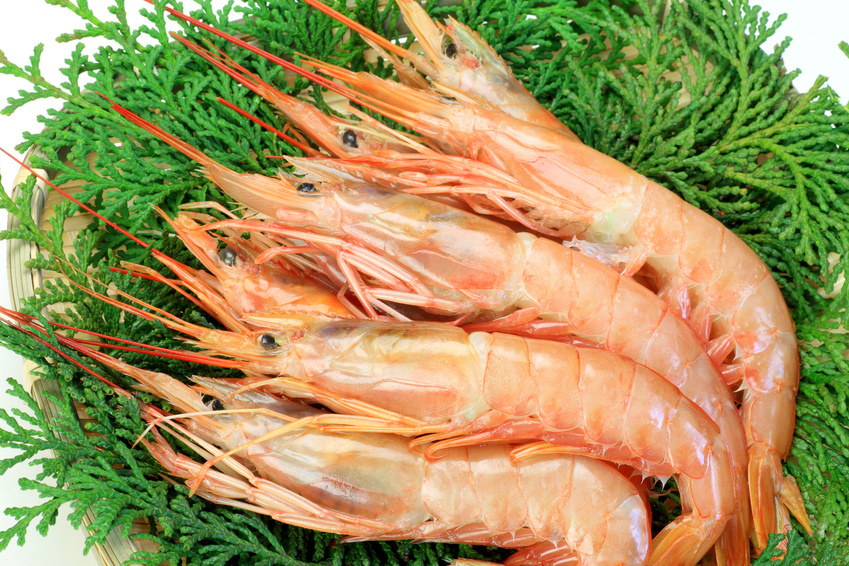
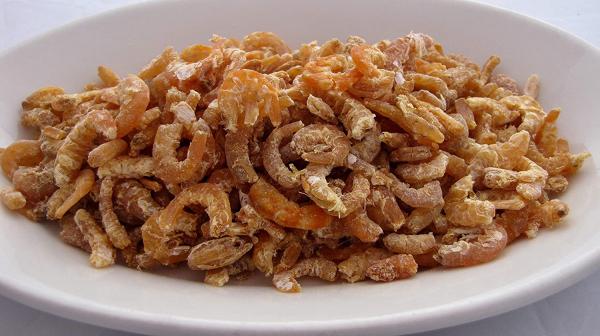

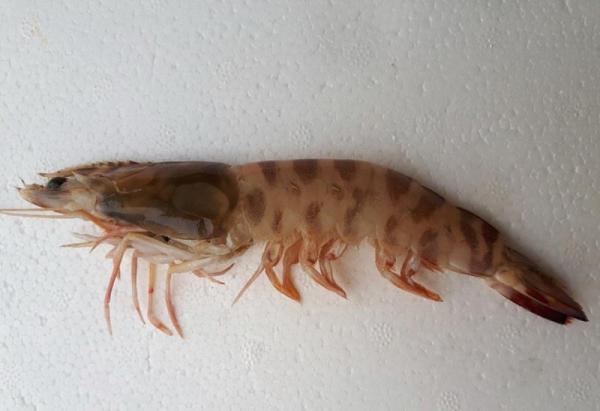

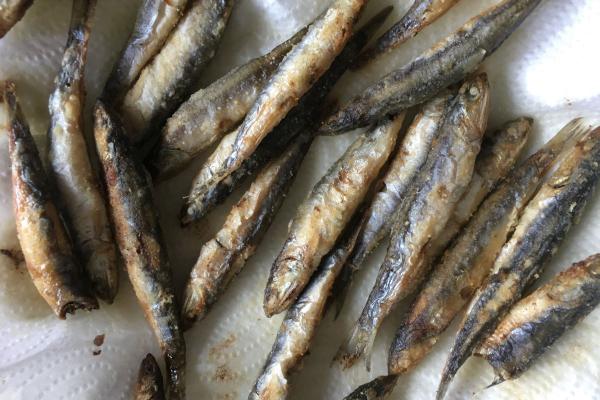
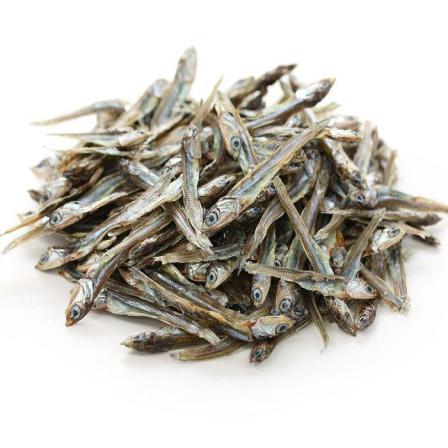
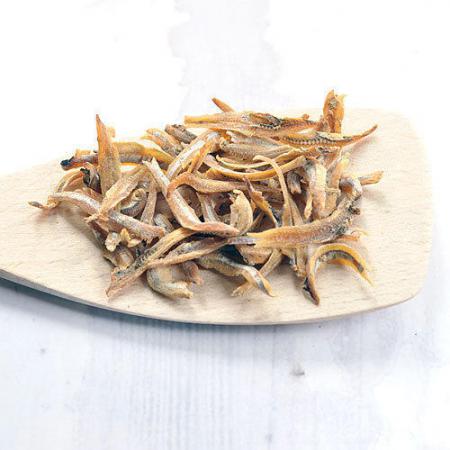

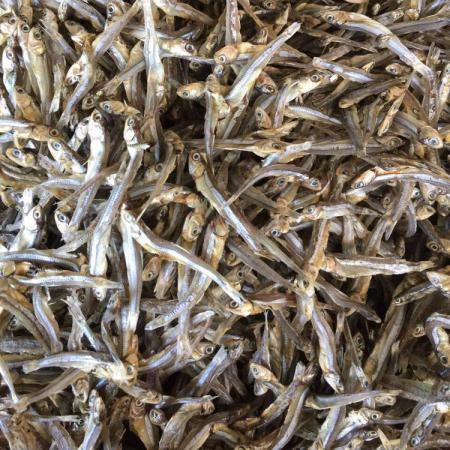
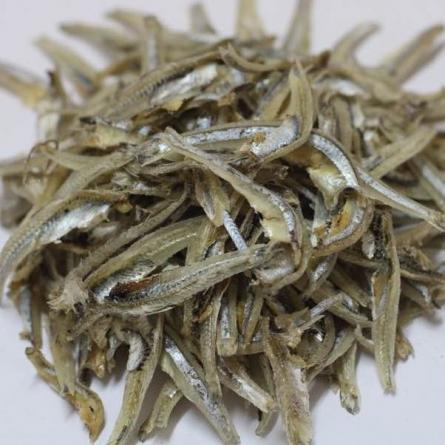
Your comment submitted.